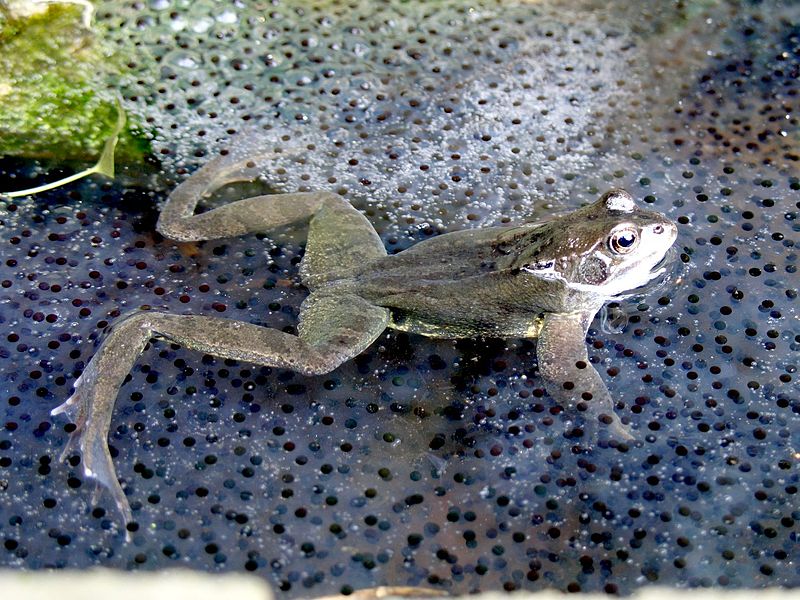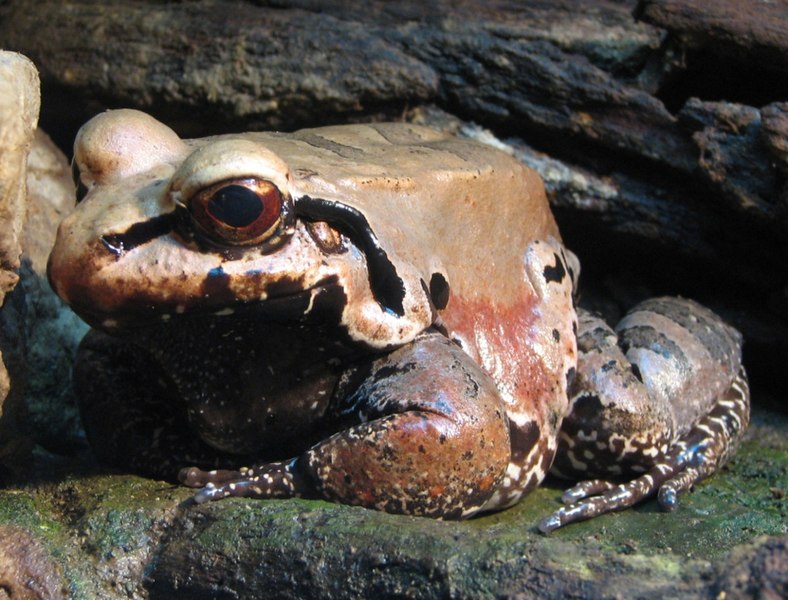 Exposing frogs, toads and salamanders to an artificial “rainy season” is hands down the surest method of encouraging captive breeding in most species. Fortunately, even someone with my limited building skills can easily construct a simple rain chamber.
Exposing frogs, toads and salamanders to an artificial “rainy season” is hands down the surest method of encouraging captive breeding in most species. Fortunately, even someone with my limited building skills can easily construct a simple rain chamber.
Timing and Temperature
Before placing potential breeders into a rain chamber, it is important to research the species’ natural history, as timing, temperature and other factors are important considerations. For example, Smoky Jungle Frogs (Leptodactylus pentadactylus) and certain other tropical Anurans have surprised me by breeding at nearly any time of the year, and without temperature manipulations, but Wood Frogs (Rana sylvatica), Marbled Salamanders (Ambystoma opacum) and other temperate zone amphibians need a cooling-off period beforehand. Read More »
 That Reptile Blog – Reptile, Amphibian and Exotic Pet Care and Information
That Reptile Blog – Reptile, Amphibian and Exotic Pet Care and Information



